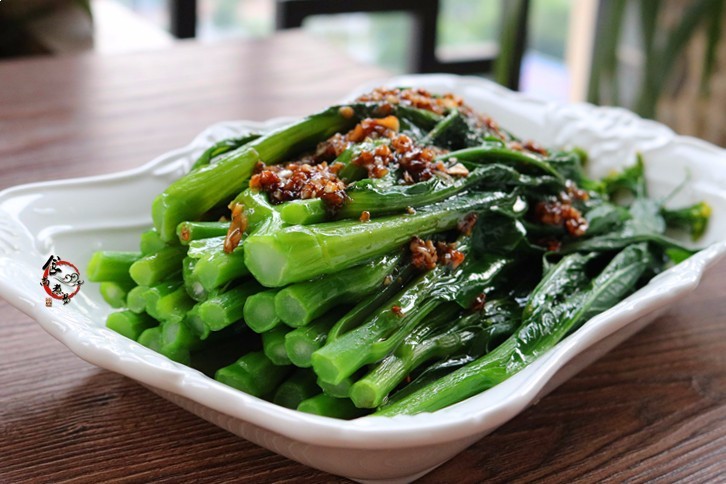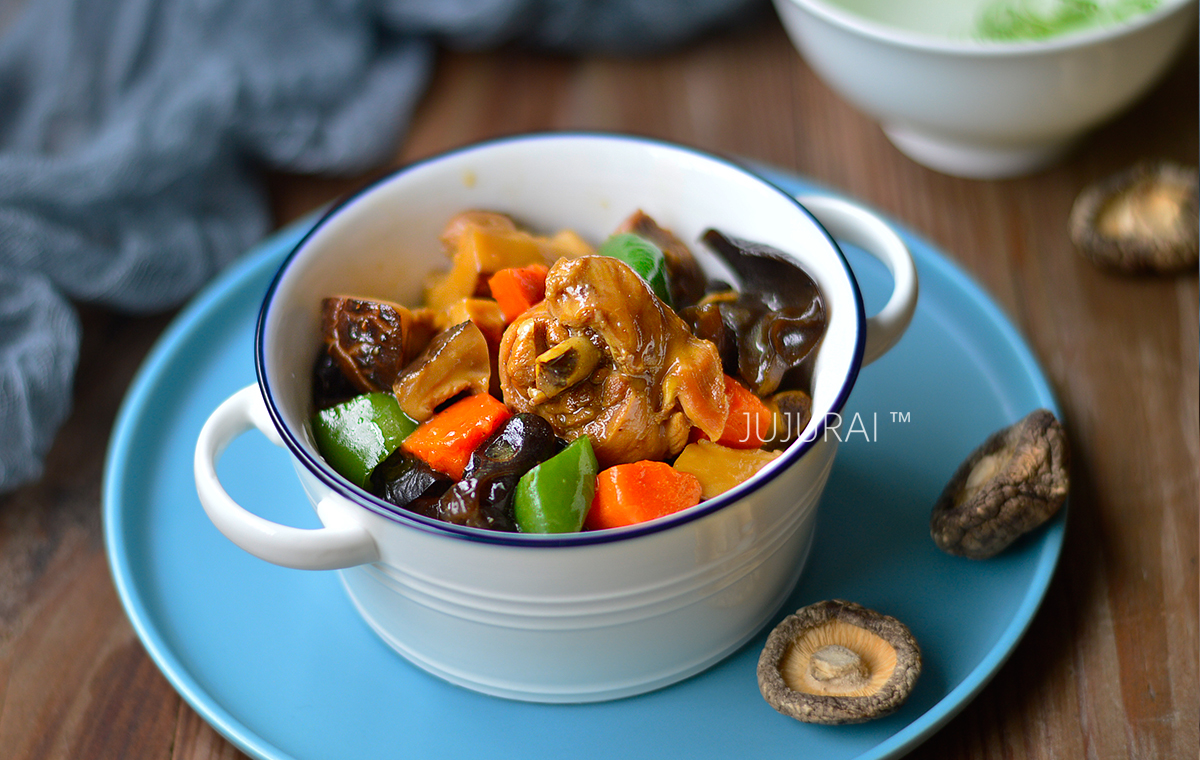danish bread
| ----- ---------- | Dough ingredients |
| High-gluten flour 150g | Low gluten flour 150g |
| Salt 5 grams | sugar 40g |
| Yeast 4 grams | Milk 75ml |
| Water 75 grams | Butter 20 grams |
| ----- ---------- | Butter slices |
| Butter 130g | ----- ---------- |
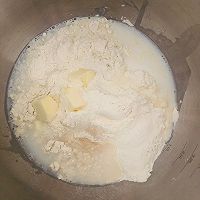
Step 1
First, let's make the main dough. Put all the dough ingredients except butter into the kneading cylinder. Here, we need to pay attention to the salt and sugar not to come into direct contact with the yeast. All liquid ingredients need to be refrigerated.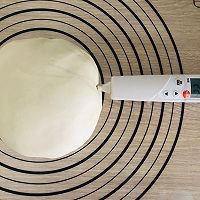
Step 2
Knead the dough with a mixer on medium speed for about ten minutes to form a smooth dough. Measure the dough temperature, it is best to keep it below 24 degrees.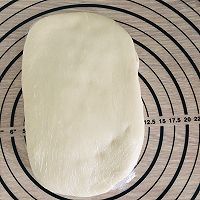
Step 3
Arrange into a rectangle, wrap in plastic wrap and freeze in the refrigerator for half an hour.
Step 4
Fold the baking paper into a 15×15 cm square, put 130 grams of butter into it, roll it out into a uniformly thick butter piece, and put it in the refrigerator for 20 minutes.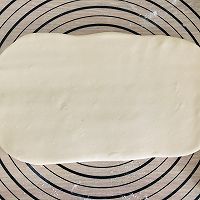
Step 5
Take out the chilled dough and roll it into a 17×30 cm rectangle.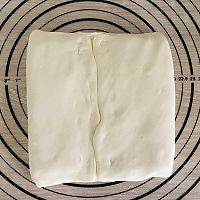
Step 6
Place the butter slice in the middle, wrap it up, and seal it tightly on all sides.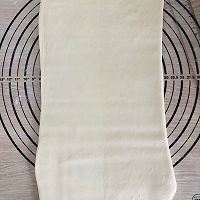
Step 7
Roll out to 18×45 cm.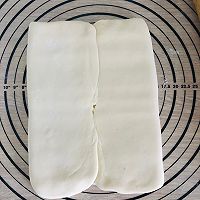
Step 8
Fold the two ends toward the middle.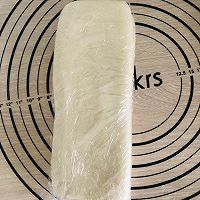
Step 9
Fold it in half again, wrap it in plastic wrap and refrigerate it for half an hour. This is the first time it has been folded in half.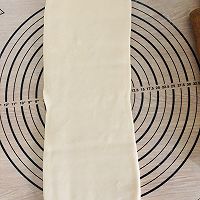
Step 10
Take out the relaxed dough and roll it into a rectangle of 18×45 cm.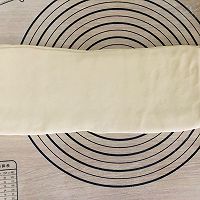
Step 11
Cut off the uneven parts at both ends.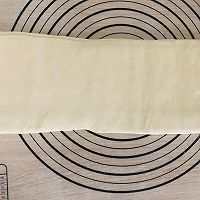
Step 12
Arrange into a regular rectangle.
Step 13
Fold it up.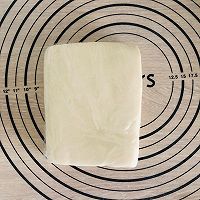
Step 14
Wrap it in plastic wrap and refrigerate it for half an hour. This is the second 30% fold, plus the previous 40% fold, which is 12 layers.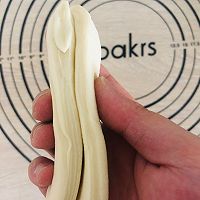
Step 15
You can see obvious layers of butter in the scraps you just cut. Do not discard the scraps. You can use them as old noodles.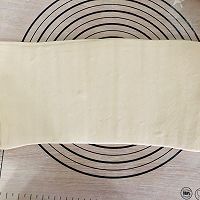
Step 16
Take out the slackOnce the dough is ready, roll it out to 18×45 cm.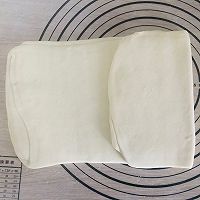
Step 17
Another three-fold.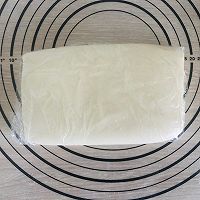
Step 18
Wrap it in plastic wrap and let it rest in the refrigerator for half an hour. This is the third three-fold fold, with a total of 36 layers. All folding work is completed.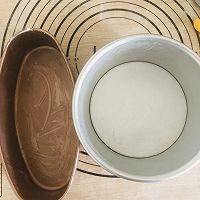
Step 19
Deal with the molds. I used a six-inch cake mold and a light cheesecake mold. You can use two six-inch cake molds instead. Apply butter to every corner of the mold to prevent sticking.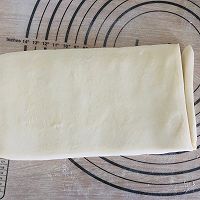
Step 20
Take out the relaxed dough, roll it into a 12×35 cm rectangle, and cut off the uneven parts at both ends.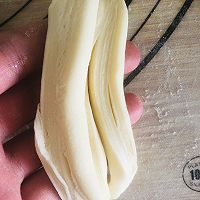
Step 21
You can see obvious layering.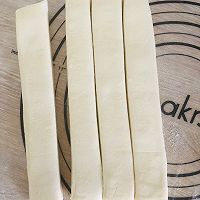
Step 22
Cut into four equal strips, each 3 cm wide and 30 cm long.
Step 23
Place into mold.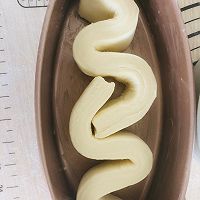
Step 24
The shape can be arranged as you like. Fermentation takes about two hours at room temperature below 28 degrees. When fermentation is almost complete, preheat the oven to 180 degrees for 25 minutes.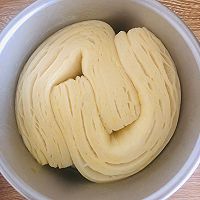
Step 25
The fermented dough has doubled in size, and you can see very clear layers. Brush the surface with a layer of whole egg liquid, and bake it in the lower layer of the oven. The time can be flexibly adjusted according to the conditions of your own oven.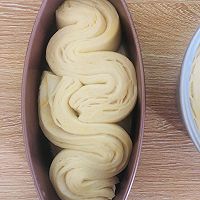
Step 26
The fermented dough has doubled in size, and you can see very clear layers. Brush the surface with a layer of whole egg liquid, and bake it in the lower layer of the oven. The time can be flexibly adjusted according to the conditions of your own oven.
Step 27
Unmold the baked dough and let it cool before eating!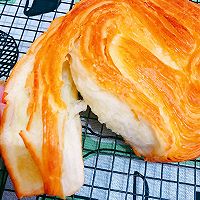
Step 28
Appreciate the layers.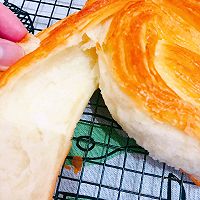
Step 29
The internal organization is also very delicate.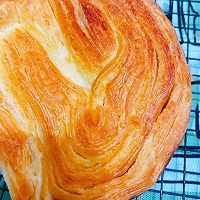
Step 30
The layers are distinct and you can tear them apart and eat them one by one. Danish bread cooking tips





